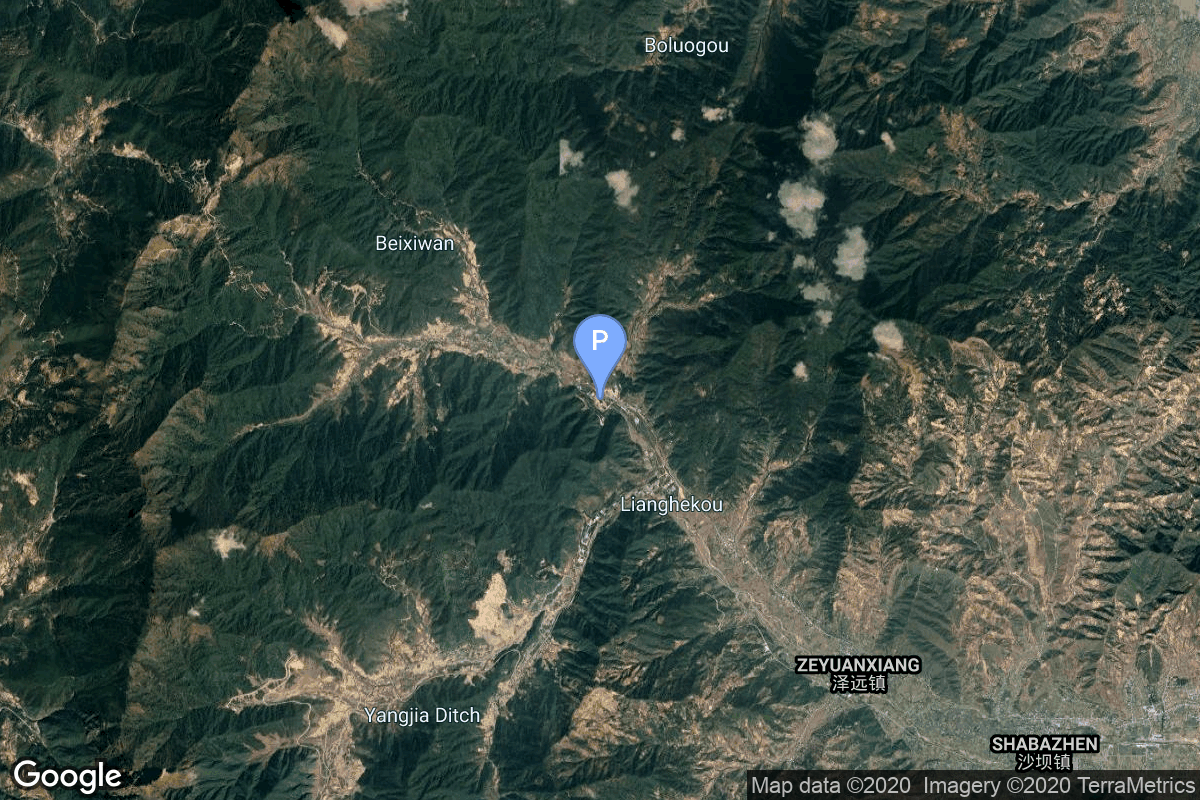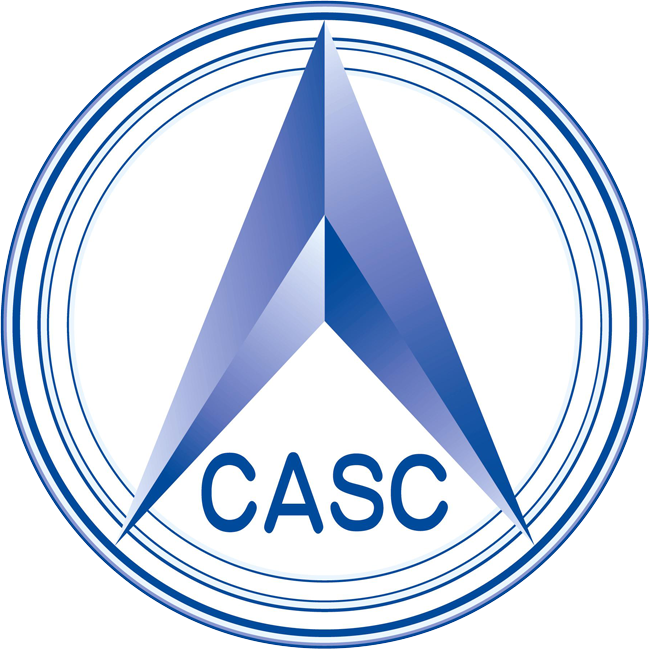Tan Ce 1
Long March 2C/SM
China Aerospace Science and Technology Corporation
Mission
Tan Ce 1
- Type: Earth Science
- Orbit: Elliptical Orbit
The Double Star spacecraft, called also Tan Ce (TC) which in Chinese means ‘Probe‘, is a joint Chinese and ESA mission to study the effect of the Sun on the Earth’s environment. The polar spacecraft (TC-2) will monitor the energy input from the solar wind into the polar ionosphere. The equatorial spacecraft (TC-1) will investigate the so-called substorm process, when it is in the Earth’s magnetotail, and the entry of solar particle on the front side of the magnetosphere.
Location
Launch Complex 3 (LC-3/LA-1)
Xichang Satellite Launch Center, People’s Republic of China
Launch Complex 3 (LC-3/LA-1) has witnessed the launch of 89 rockets, including 89 orbital launch attempts, while Xichang Satellite Launch Center, People’s Republic of China, has been the site for 202 rocket launches.
Rocket
China Aerospace Science and Technology Corporation Long March 2C/SM
The Long March 2C is a family of expendable launch vehicles made and operated by China. It is a two stage launch vehicle with storable propellants, consisting of Nitrogen Tetroxide and Unsymmetrical Dimethylhydrazine.
Agency
China Aerospace Science and Technology Corporation
The China Aerospace Science and Technology Corporation (CASC) is the main contractor for the Chinese space program. It is state-owned and has a number of subordinate entities which design, develop and manufacture a range of spacecraft, launch vehicles, strategic and tactical missile systems, and ground equipment. It was officially established in July 1999 as part of a Chinese government reform drive, having previously been one part of the former China Aerospace Corporation. Various incarnations of the program date back to 1956.

